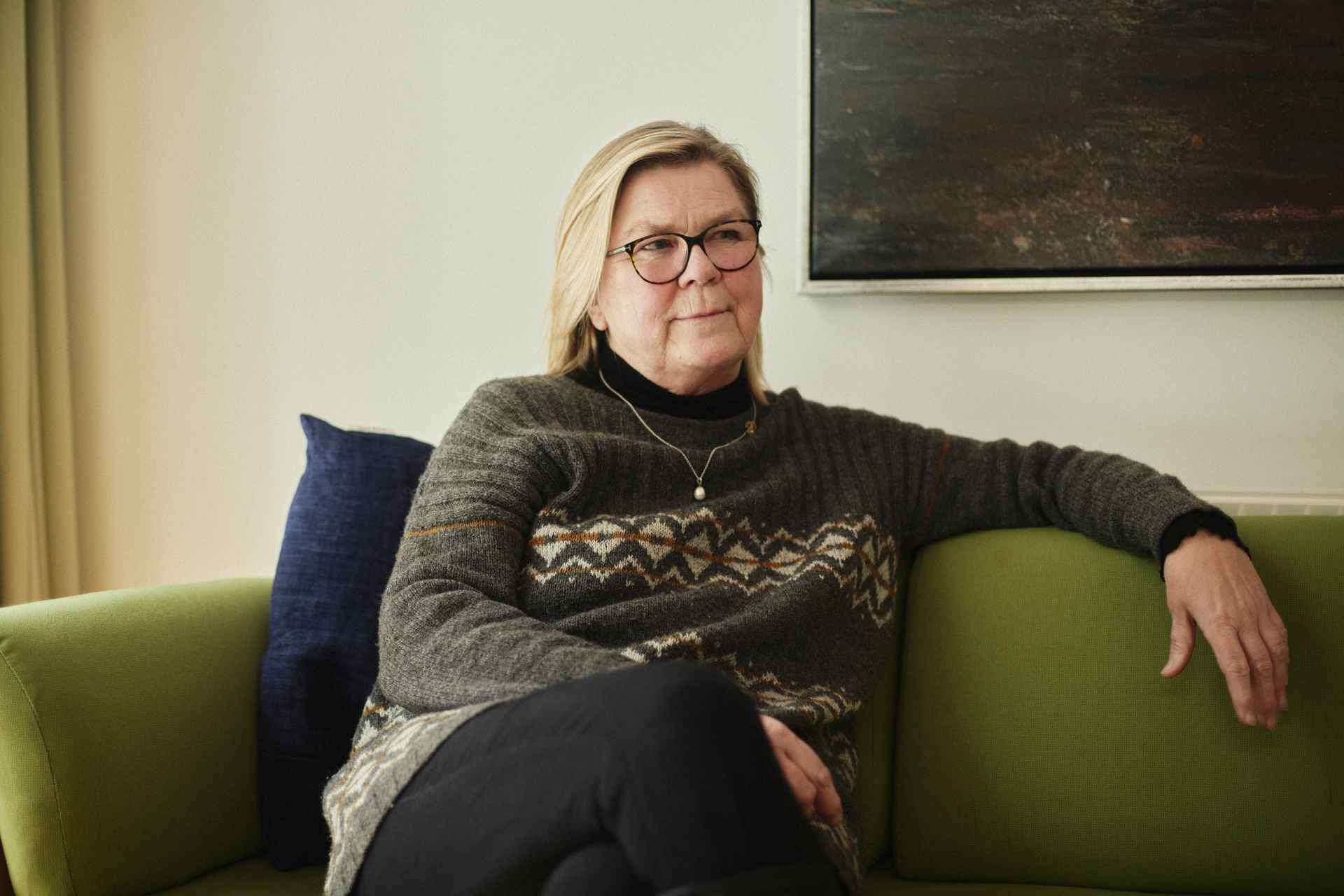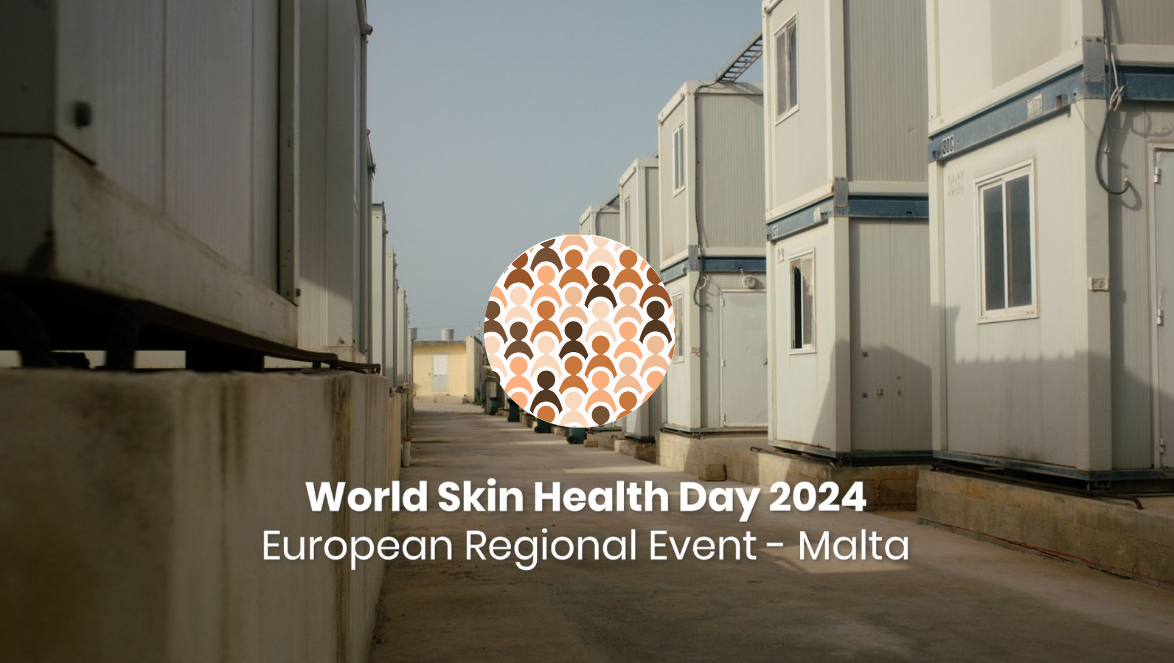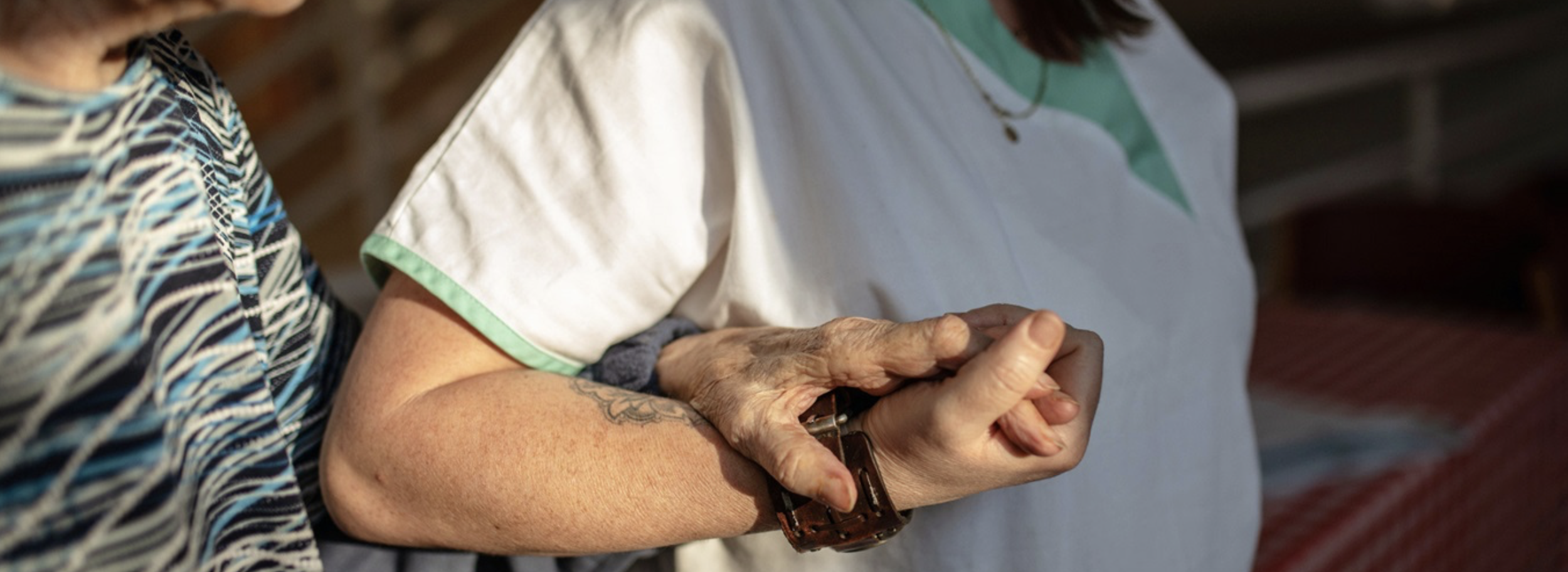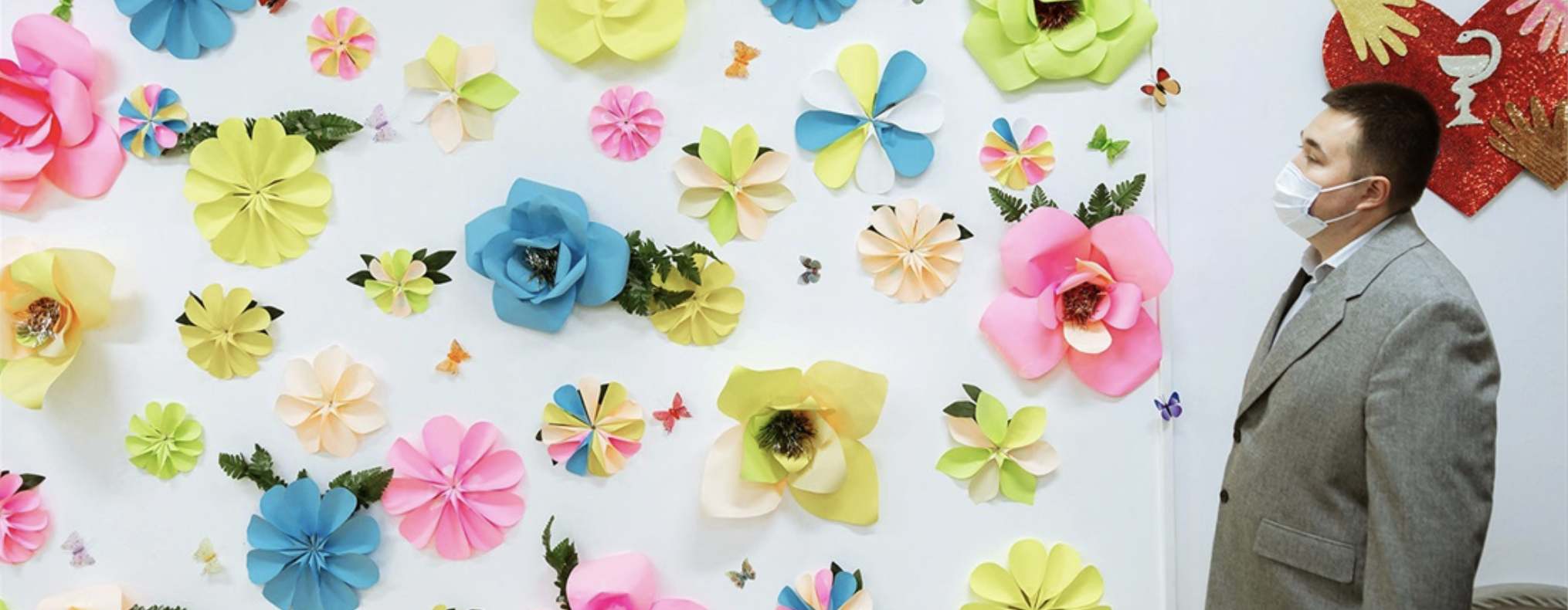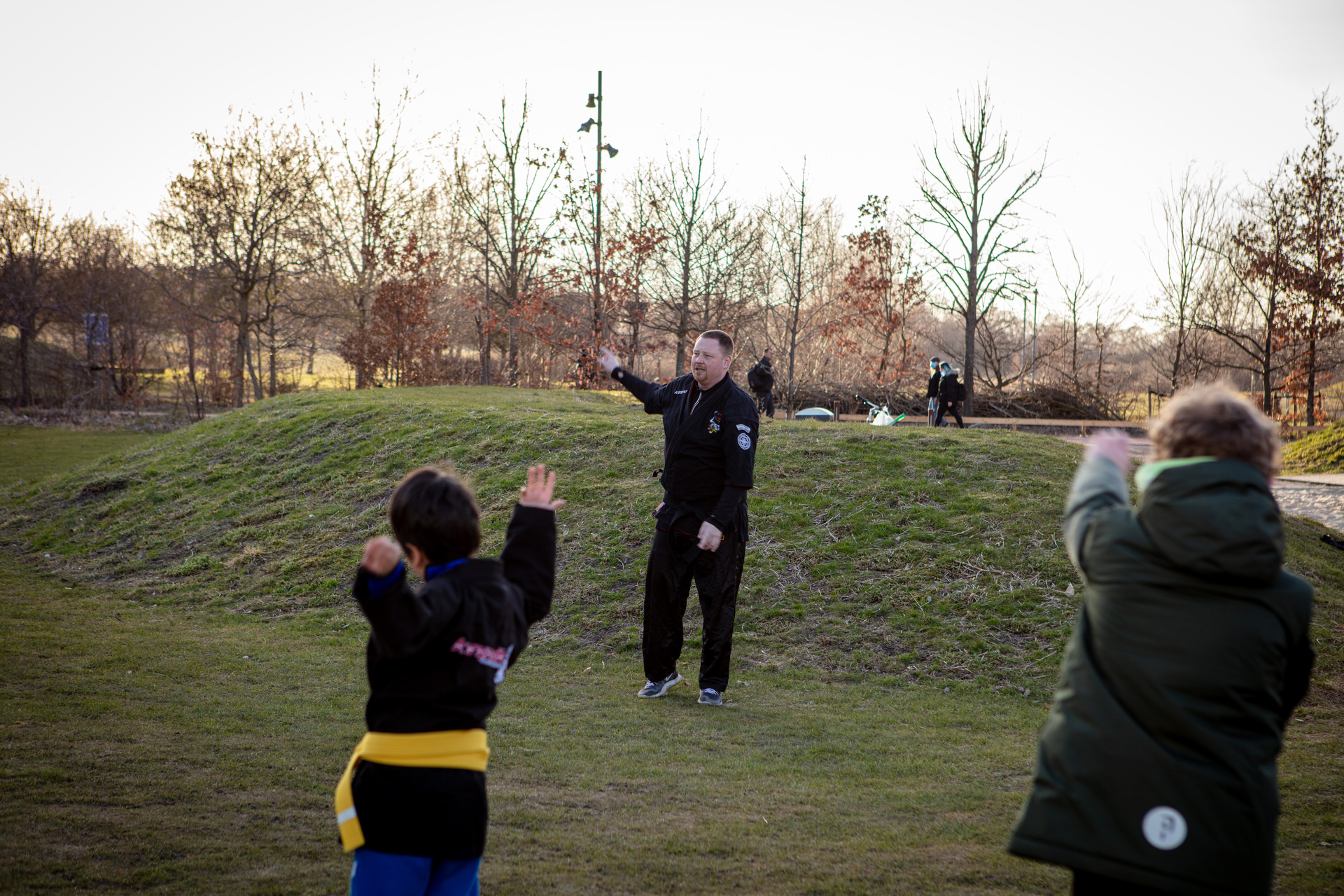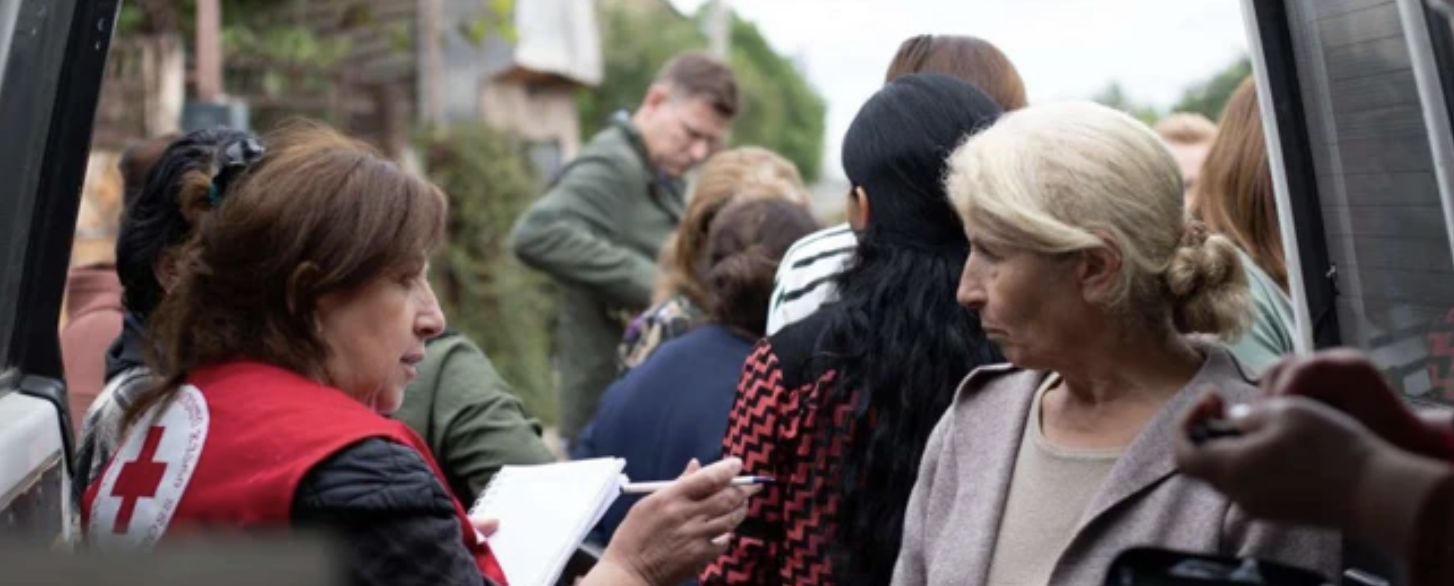Arresødal, located in the northern part of Zealand, takes its name from the nearby lake, Arresø – the Danish word “sø” meaning lake. It is a place where life has existed since 5300 BC. Discoveries made by archaeologists include an urn dating back to 2800 BC. Between the western shores of the lake and the castle, old oak trees have stood the passage of time in a landscape Danes would probably describe as hilly, since most of the country is considered flat. The early days of 2024 have covered the Arresødal Hospice and its playground in snow, reflecting the dim late afternoon light with a glow.
"All patients admitted for palliative care are adults, but we often have children here visiting patients and they love to take a break and head out to the playground," says anaesthesiologist and acting manager Rikke Maaløe. Sitting in one of the many living rooms dotted throughout the hospice, Rikke explains her decision to switch from working at a hospital to a hospice.
"When I left my job at the hospital, my colleagues were baffled by my choice to work at a hospice. They imagined a sad place that patients only leave in a coffin, and family members crying everywhere. But to be honest, this is the place where I have laughed and cried the most in my long career as a doctor – with colleagues, patients, and their loved ones."
Supporting patients until the last breath
After the sun has set, the old trees and the hospice are enveloped in the frigid darkness of the Scandinavian winter. The only light that shines is from within the hospice, where nurse Inge Sadowsky, along with her colleagues, is preparing for the evening medicine round. Medications for each patient are administered in a secure room accessible to all nurses around the clock, so assistance is always available to patients.
"We try to take it one day at a time. One might even say one hour at a time. But we try to make the best of it. And for me, it's a huge privilege to be able to do this job. Helping the patients every day gives my life a purpose,” Inge reflects.
When a patient is transferred to a hospice, the responsibility for treatment follows. Pain relief is a significant aspect of palliative care, often necessitating the use of opioids, and all the doctors at the hospice have the authority to prescribe opioids to their patients.
"Quality of life is inherently connected to pain-free living and relief on all levels," Inge notes. “If we didn't have these opioids, to put it bluntly, end-of-life pain relief would be very difficult. There are times when people suffer pain that we cannot alleviate. Having seen that, I have no doubt about how crucial opioids are for managing pain and other symptoms and helping to achieve a dignified death.”
Care and compassion
The Danish State defines the hospice as an institution that offers palliative care, compassion, and quality of life to terminally ill people. It is free of charge and funded through taxes. In addition to the Arresødal Hospice on Denmark’s largest island, there are 18 other hospices scattered throughout the country, serving its 5.9 million residents.
When a new patient comes to Arresødal, he or she, together with a staff member, fills out a questionnaire looking at their quality of life. It serves as a tool for health-care professionals to assess the patient's experiences and needs in palliative care. Where possible, patients are asked to complete the questionnaire every other week throughout their stay at Arresødal, to improve care and services.
Rikke and her colleagues complete forms and keep records of opioid use for each patient, noting whether the opioids are effective at treating their symptoms.
"We don't place excessive focus on how much pain relief we prescribe. We care about whether it works and whether the patient is doing well. That is what determines which opioids we prescribe and in what quantity. Focus should be on whether our patients are receiving what they need. Some may need 2 pills, while others may need 20 pills. There's no right or wrong here. What's wrong is if the person who needs 20 pills only gets 2."
“Life is a gift”
There is more to care than prescribing and administering medicines. Inge explains the importance and meaning of compassion and care.
"One of the biggest differences between working here and working at a hospital is that we are not struggling to help people to survive. We know that they are in the last chapter of their life, and we can focus on the quality of life," she says and continues, "Often, when I have welcomed new patients and heard all about the medicines they take, I offer them a glass of red wine. It is all about improving quality of life and helping patients to enjoy what is left of their life."
In addition to specialists, physicians, nurses, physiotherapists, and social workers, Arresødal benefits from the contributions of 40 volunteers. They arrange concerts for the patients and make sure they have someone to talk to if needed. They even help to make dinner and sometimes share the table with one or more patients. When a patient takes their final breath, a candle is lit at the main entrance to the hospice.
"It is not only to symbolize that a patient has died; it is also a way of honouring that person and remembering those still alive; it underscores that life is a gift," says Inge, before blowing out the candle and returning to her job giving comfort and relief.

